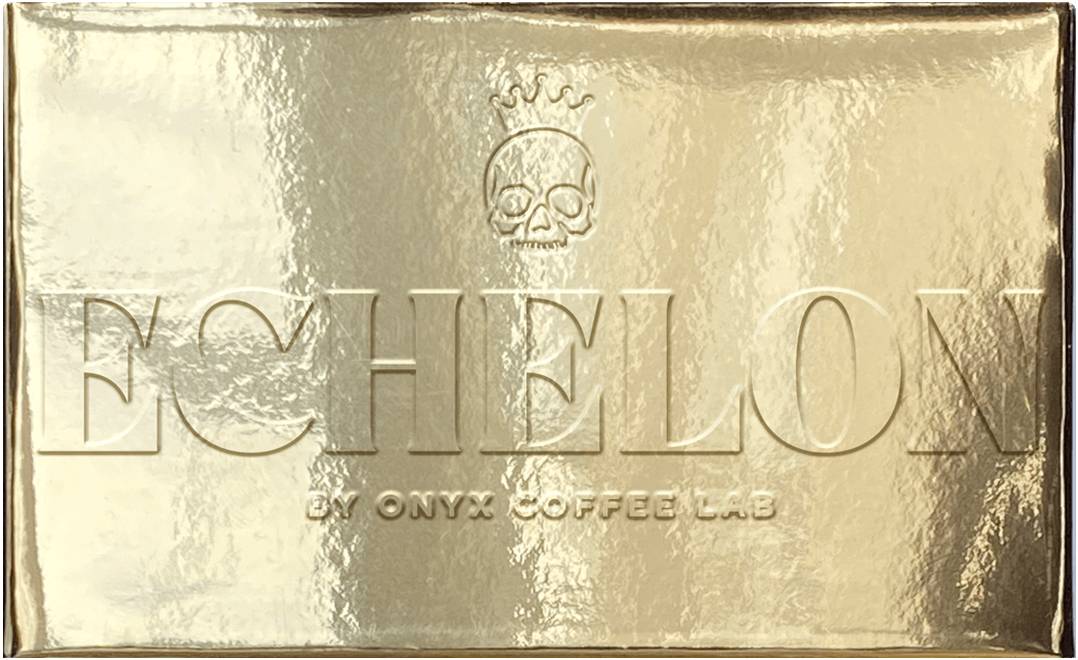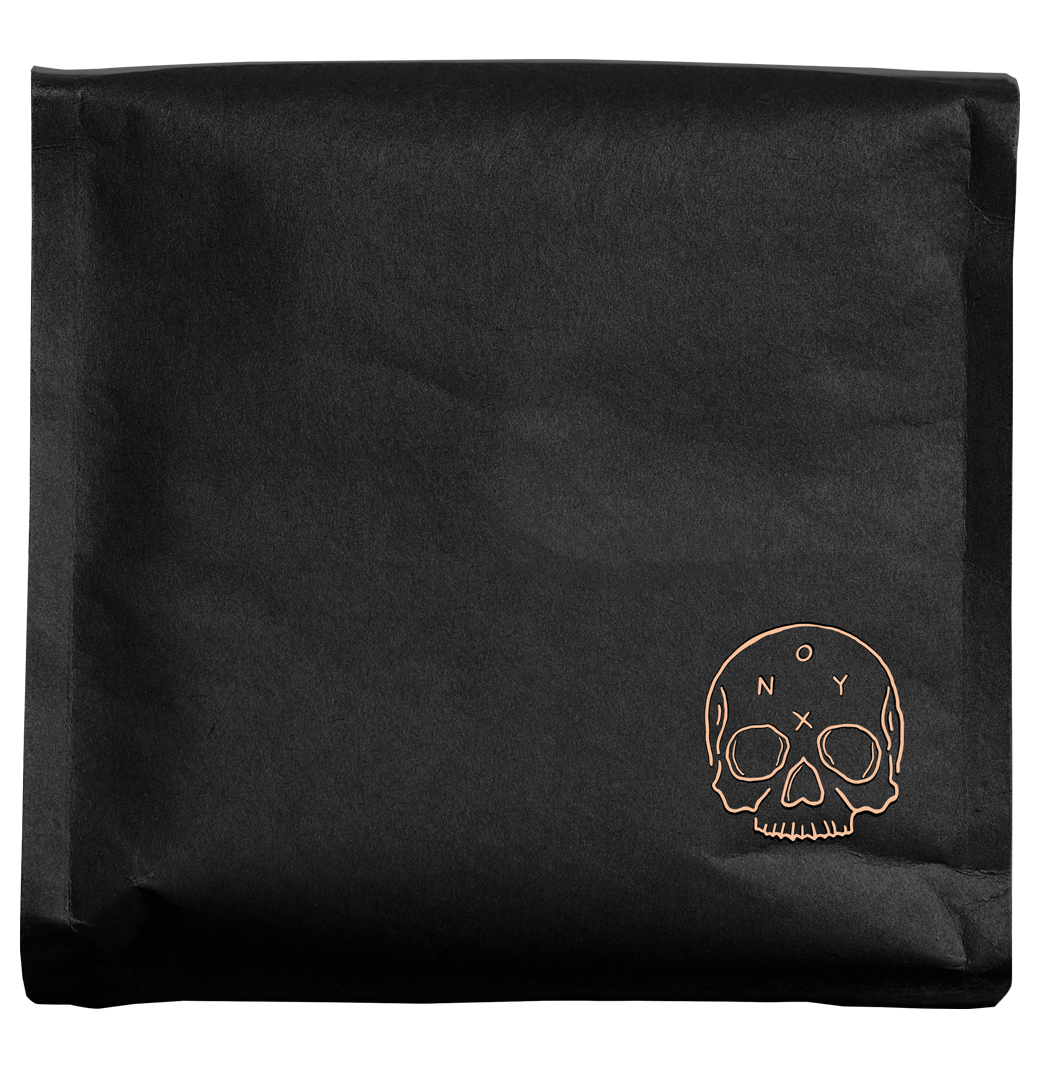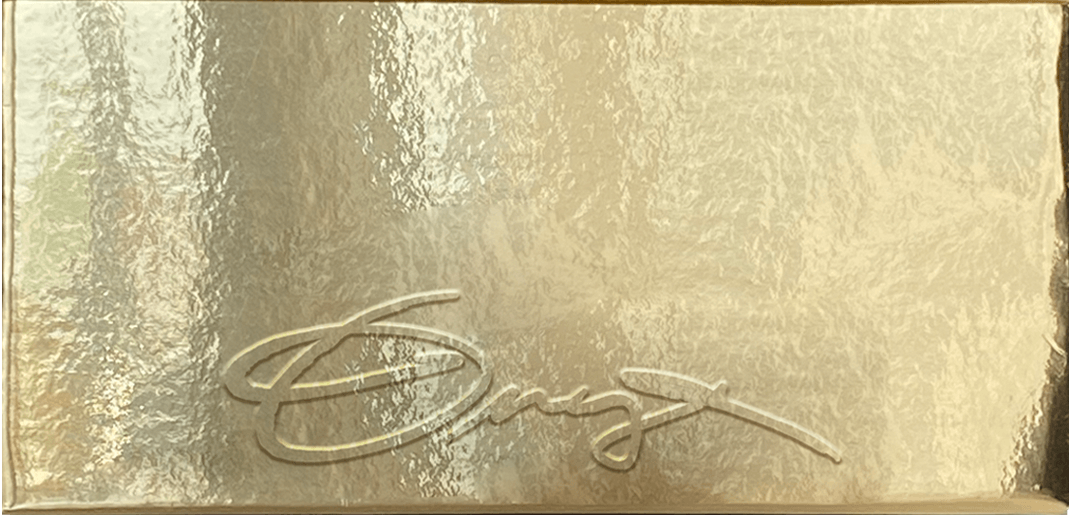Story
The origin of coffee varieties and how they travel is always steeped in legend, and the story of Gesha is no different. It is clear that the variety began in Ethiopia, and was counted and harvested under the order of the Director of Agriculture in Kenya. Gesha traveled to Tanzania, then to CATIE in Costa Rica. This variety made its way to a farm in Palmira, Panama, in the 1960s, where it was mixed with other varieties. The plot of land was owned by Rudolph A. Peterson, a Californian banker who was preparing to retire to Panama. Rudolph Peterson was pulled away by other responsibilities, and the management of the farms eventually fell into the hands of Price Peterson. At the time, Hacienda La Esmeralda was predominantly a dairy farm, but in the mid-’80s, the farm was diversified to include coffee, which had a rich history in Boquete, Panama.
In the 1990s, a wave of coffee rust was ravaging farms in Panama, but Daniel Peterson noticed that the Gesha trees were not affected as severely by the fungus. They decided to plant more of the farm in this tree to prevent rust. And they planted Gesha across the farm, higher on the mountain than Gesha had ever been planted before. Innovation and progression are typically slow to happen in coffee production, but 2004's Best of Panama auction changed the next decade of high-end coffee production. While preparing for the competition, the Petersons separated the lots they were processing for the first time. The cuppers discovered that the high elevation lots from Jaramillo were floral and deeply complex, reminiscent of Geshas Ethiopian origin. This lot was submitted to the 2004 Best of Panama, and the legend of Gesha was ushered frontstage.
Following their spectacular rise to fame, the Petersons narrowed their focus to the continued development of their infrastructure and innovation in processing and lot separation. After getting the attention of the coffee world at large, they began producing natural process Geshas, which is standard practice now, but at the time was borderline scandalous. Shortly after winning 2004 Best of Panama, they launched the Esmeralda Special Auction, a private auction held yearly, featuring the top lots from the farms. Although they still participate in the Best of Panama, this new auction system has allowed them to feature more lots than the few that are submitted to BoP. Hacienda La Esmeralda was one of the first to hold a private auction, banking on confidence in their skills as producers, and their reputation for excellence. This internal auction model empowers the people that produce the lots to be paid a high price for all the work they’ve done, which in turn promotes innovation to seek higher quality the next season. Since the first Gesha lot was cupped in 2004, they’ve focused on producing the highest quality possible from their three farms. This focus continues today as their coffees continue to win awards in the Best of Panama, as well as fetching some of the highest prices paid for coffee in the world. The Petersons were instrumental in making the legendary variety from Ethiopia famous, even prompting a book to be written about them. Geshas from Hacienda La Esmeralda command a reverence on the cupping table by name, but will pull you in with their florals and their depth of sweetness.


